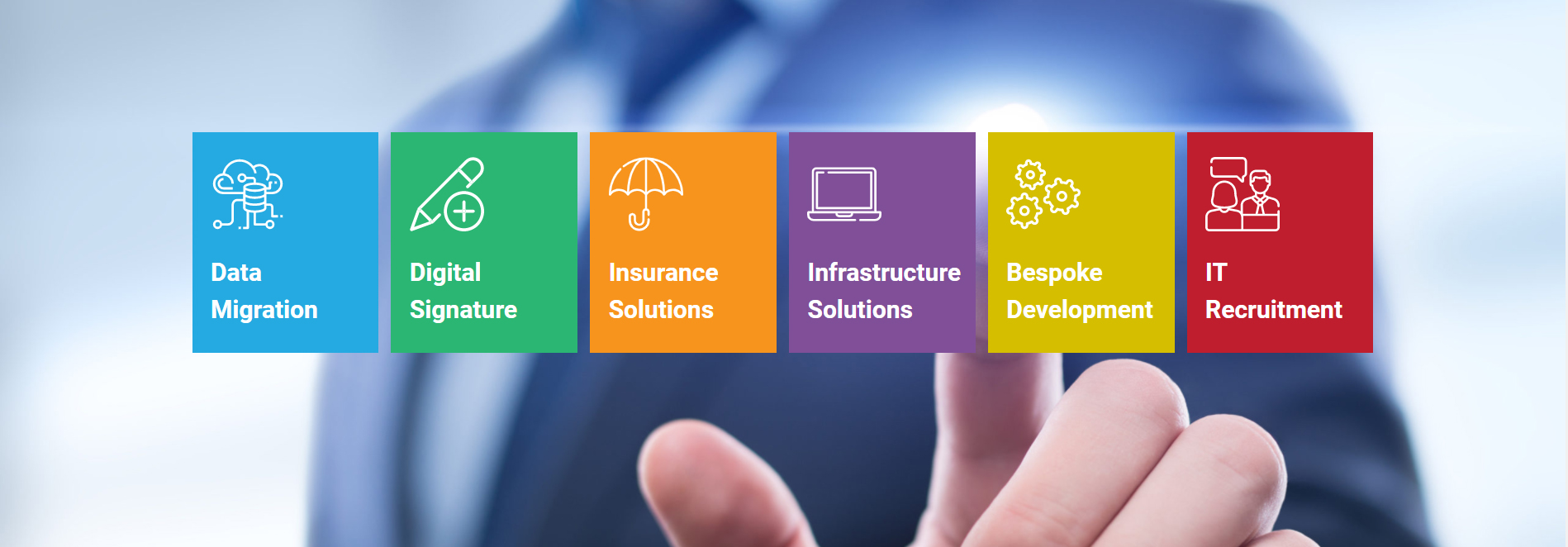Software
CloudCover is a full end-to-end policy life cycle administration system, from quotes to claims or cancellations and everything in between.
Business
Is your business at risk from the great resignation?
'The great resignation' is a global phenomenon that’s also impacting SA, says Sue Richards, IT consulting and resourcing manager at JMR Software.
Financials
Filling the financial IT skills gap
The COVID-19 pandemic has indirectly impacted the availability of certain skill sets, particularly those around financial IT.
Intelligent Process Automation
Are you focusing on bells and whistles for your ITSM solution?
To evaluate an IT service management solution, companies should weigh its cost, flexibility, scalability and time to value, says Susan Van Zyl, head of sales and marketing, JMR Software.

